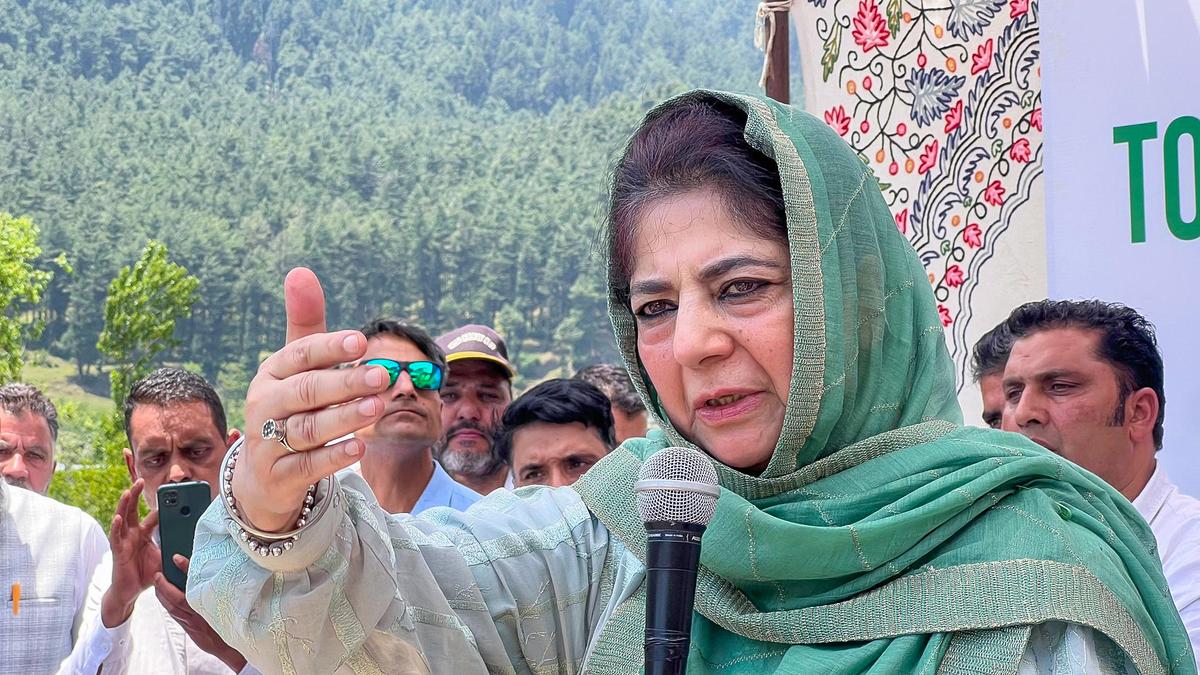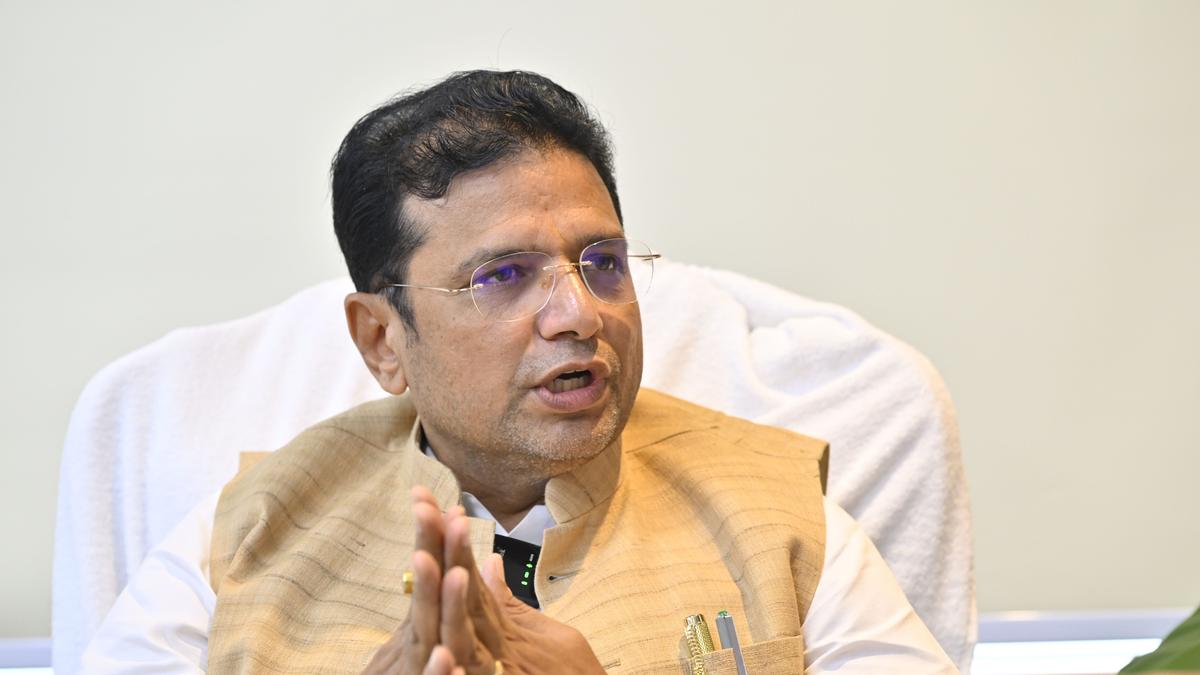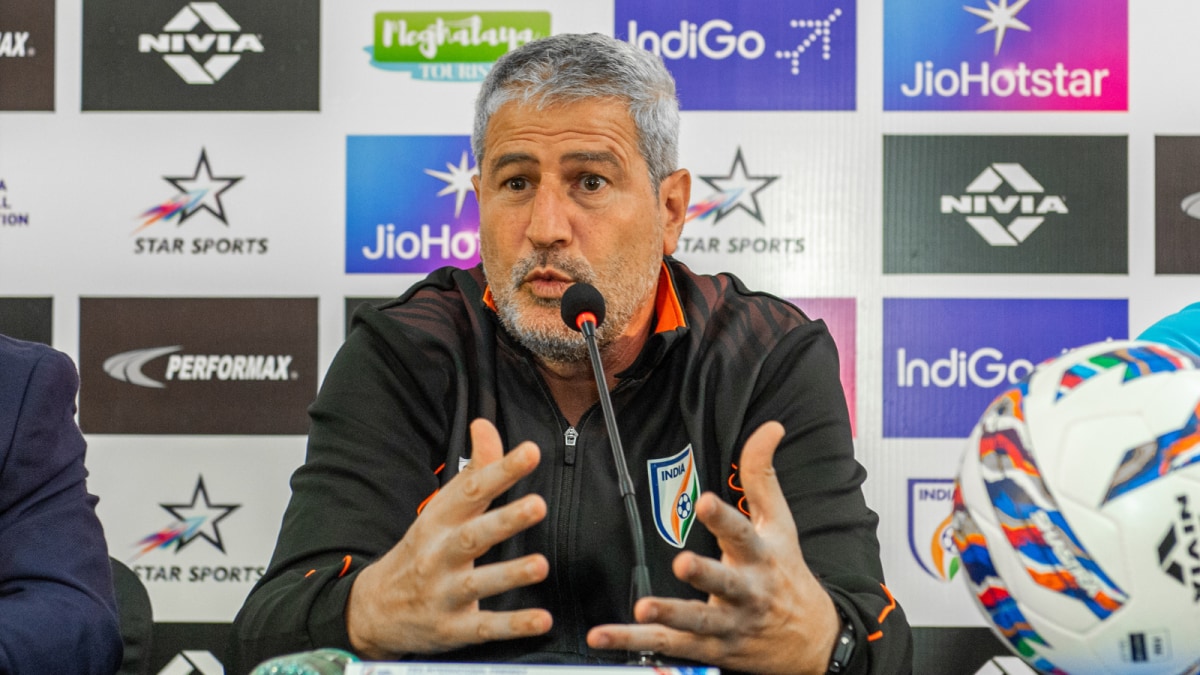ARTICLE AD BOX
For over a decade, the chilli commission agent named Shahjahan Shaik was just another familiar face in the APMC yard of Vijayapura, northern Karnataka. A quiet man with three children, he worked long hours, rented a modest house, and disappeared into the crowd when the market closed.
What his co-traders didn’t know was that the man they greeted every day was Sadiq Ali — better known in the early 1990s as “Tailor” Raja, a frontline cadre of the banned extremist outfit Al-Ummah and a key accused in the 1998 Coimbatore serial bombings that killed 58 and injured over 250.
Raja — A18 or Accused 18, in the Coimbatore Blast case (Cr. No. 151/98) who was arrested on July 9 by the ATS — was not alone.
Earlier that week, Tamil Nadu’s Anti-Terrorism Squad (ATS), in coordination with Andhra Pradesh Police, had arrested Abubacker Siddique, an alleged radicalised bomb-maker who vanished after orchestrating a deadly parcel bomb attack in 1995 that killed a Hindu Munnani leader’s wife, and Mohammed Ali Mansoor, his associate, accused in the 1999 Chennai blasts.
The arrests — part of “Operation Aram” and “Operation Agazhi” — have been hailed as the most significant breakthroughs since the formation of the ATS, ‘the NIA of the state,’ in November 2023. Powered by human intelligence, AI-enhanced sketches, and the hunches of field officers, the operations cracked cases gone cold for nearly three decades.
The tailor and the mole
Born Sadiq Ali but known widely as “Tailor” Raja, he was once famous in South Ukkadam, Coimbatore, for stitching safari jeans — the flared, pocket-heavy trousers that were all the rage in Tamil Nadu through the 1990s. By 1996, however, his tailoring allegedly gave way to bloodier trades: petrol bombings, revenge killings, and finally, involvement in the Coimbatore blasts that targeted BJP leader L K Advani.
After the attacks, Raja disappeared, allegedly wandering across Hubballi, Solapur, and Guntur, before settling down in Vijayapura under the false identity of Shahjahan Shaik — the name of his elder brother still living in Coimbatore. By then, Raja had allegedly severed contact with his first wife, remarried, and had children. They never knew who he was.
Story continues below this ad
While verdicts were delivered in the case between 2007 and 2008, Raja’s split-up trial remains.
What helped the ATS finally trace him was allegedly a black mole — a barely visible spot on an old photograph. “We fed the photo into AI software to generate a probable aging sketch,” said a senior ATS officer. “We showed it to a group of old tailors in Hubli. One of them remembered the mole. That cracked it open.”
Armed with information that Raja allegedly left Hubli to live in Vijayapura, a historic town with at least 50 mosques, ATS officers went there and began chasing many faces before they traced him. They discreetly followed him for weeks, and once confident, they summoned him to the local police station on July 9.
After a few questions, he allegedly confessed. Before leaving, he told his wife and children that he had to go to Coimbatore for an “old case” and would be back in a few days.
Story continues below this ad
He was declared a proclaimed offender in 2022 for his “role” in the 1996 murder of jail warder Boopalan, a retaliatory attack by Al-Ummah cadres against alleged harassment of Muslim inmates. Raja was also wanted in the Sayitha murder case in Nagore, where the wife of a newly converted Muslim was allegedly killed as her husband had opposed radical interpretations of Islam. In 1997, he was among the attackers who allegedly murdered jailor Jayaprakash in Madurai.
The man who sent death in a parcel
Abubacker Siddique was perhaps the most dangerous of the three. A quiet man from Tamil Nadu, he was allegedly radicalised by Imam Ali, the mastermind of the 1993 RSS office bombing in Chennai — the first major attack post-Babri Masjid. Siddique allegedly became skilled at assembling IEDs and parcel bombs.
In 1995, he allegedly sent two such bombs — one to Hindu Munnani leader Muthukrishnan, which exploded and killed his wife, and another to BJP’s Jagaveer Pandian, which was intercepted thanks to a vigilant postmaster. Siddique then allegedly fled to the UAE, returned briefly to Mumbai in 1998, and vanished again.
By 1999, he had allegedly conspired in the Chennai police commissionerate and Victoria hospital bombings. Bombs were planted across 7 locations — 3 in Chennai, 1 each in Trichy and Coimbatore, and 2 in Kerala — between May 29 and 30, 1999, protesting the alleged mistreatment of Al-Ummah prisoners. Three exploded in Chennai.
Story continues below this ad
In 2011, he was allegedly part of a group plotting an assassination attempt on a top BJP leader — a plan that was foiled when Tamil Nadu police intercepted their team formation stage. Later, he was linked to the murder of Dr Arvind Reddy in 2012, along with Kitchen Buhari’s group — a known offshoot of Bengaluru’s 2013 Malleswaram blast accused.
The top ATS officer who coordinated his arrest said Siddique lived in Rayachoti in Andhra Pradesh from 2002, selling used clothes on platforms, investing in small real estate deals, and running a petty shop. He allegedly married again in 2021.
“He would vanish once a month claiming he was visiting family in Tamil Nadu, but he’d be relaxing in Kerala or Bengaluru,” the officer said. “We had 10 failed tip-offs over the last decade. The 11th one finally led us to him.”
Using AI-based sketches and months of surveillance, the ATS located him. On June 30, he was summoned to a nearby station — where he allegedly gave himself up. He also allegedly gave up Mohammed Ali Mansoor, who was running a textile shop and was arrested from the same town, Rayachoti. Police found 2kg of ammonium nitrate, cotex wire, and metal bolts during the raid that followed.
Story continues below this ad
The Tamil Nadu ATS, created in response to the 2022 Coimbatore car bomb blast, operates with over 350 officers and state-wide jurisdiction, it focuses on old terror cases, sleeper cells, and absconders. In less than a year, the unit has cracked one of the longest-running terror hunts in southern India.
DGP Shankar Jiwal said it was “a professional, tireless effort” using both HUMINT (covert intelligence gathering) and TECHINT (using technical sources and methods). The identity of all three accused was confirmed within 24 hours of detention, he said.
Chief Minister M K Stalin, in a post on X, hailed the arrests as “a proud moment for Tamil Nadu Police” and thanked Karnataka and Andhra Pradesh Police for their cooperation.



.png)
.png)
.png)


























 English (US) ·
English (US) ·